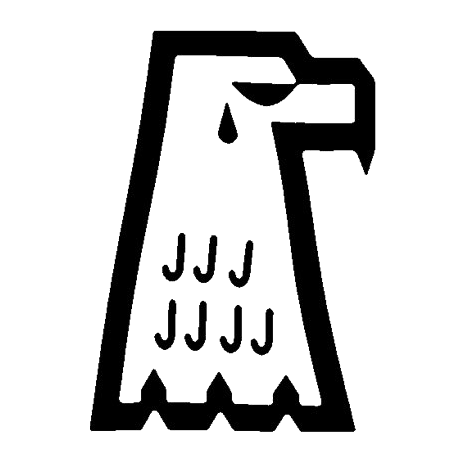Writing Villains: A Place To Put Bad Feelings
Waller Vs. Wildstorm #3, the big action issue, is in stores now! No spoilers, just notes on the catharsis of scripting people who do evil things, like "peace operations officer" Slade Wilson.

Edited by Sam Thielman
I'LL BET YOU HAVE SOME WORKPLACE ANGER, frustration, sadness, and maybe even trauma. While I am the last person who should be giving out mental-health advice, can I recommend starting a fiction project and putting all of that into the wickedest character in the story?
WALLER VS. WILDSTORM #3 is now out in the world. I've written before that this miniseries is show-and-prove time for me when it comes to writing comics. Issue 3 feels to me like we've reached the point in the narrative where like the stakes are the highest. The first two issues are a climb up a roller coaster. There are dips and loops along the ascent, but they foreshadow a massive, heart-stopping acceleration to come – something that pays off the time spent heading up to the peak. Now the drop is here.
The key to that drop is to turn loose a villain we've been teasing throughout the first two issues. He's one of my favorite bad guys in comics, one of the first I reached for when I got to make my wishlist of DC/WildStorm characters: Deathstroke the Terminator. Little did I know when editor Chris Conroy greenlit my use of Slade "Deathstroke" Wilson that I would have moments writing him when my chest heaved and my fingers shook with how I could use him to vent things that my wartime journalism had stored within me. Nor did I know I would love that feeling—that I would feel cleansed by it.
Writers sometimes steer Deathstroke into antihero territory. Christopher Priest's recent Deathstroke series—Eisner-nominated but still underappreciated—is an example of this done exquisitely. Even though WALLER VS. WILDSTORM is out of continuity, I didn't want to undermine anyone's work with the character. Our story is set in the past, before we first meet Slade back in New Teen Titans #2, when he is an unambiguous villain making a group of teenagers pay for his poor parenting choices, and that's a narrative opportunity. If you have a different take on Deathstroke, it's not a problem – the character growth he's undergone all happens after WALLER VS. WILDSTORM. In this book, he's at his worst.
And the thing about Slade is that he's a kind of person to whom I have had closer proximity than I ever imagined I would: a mercenary.

